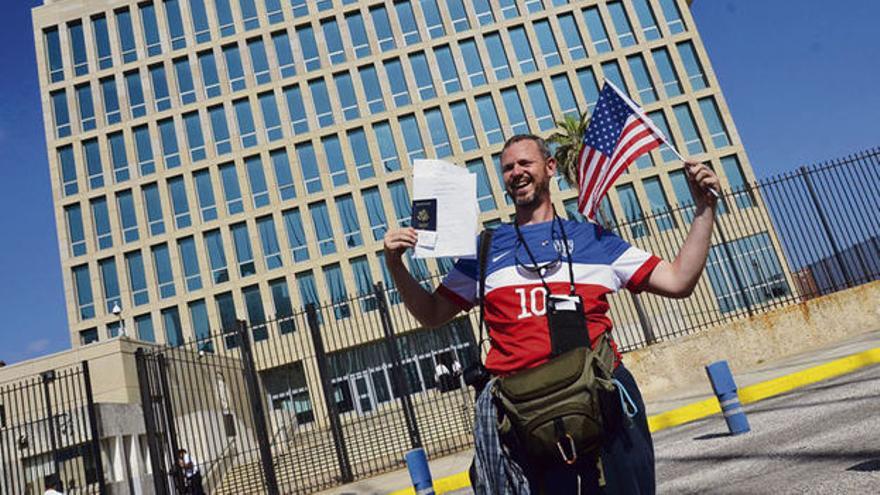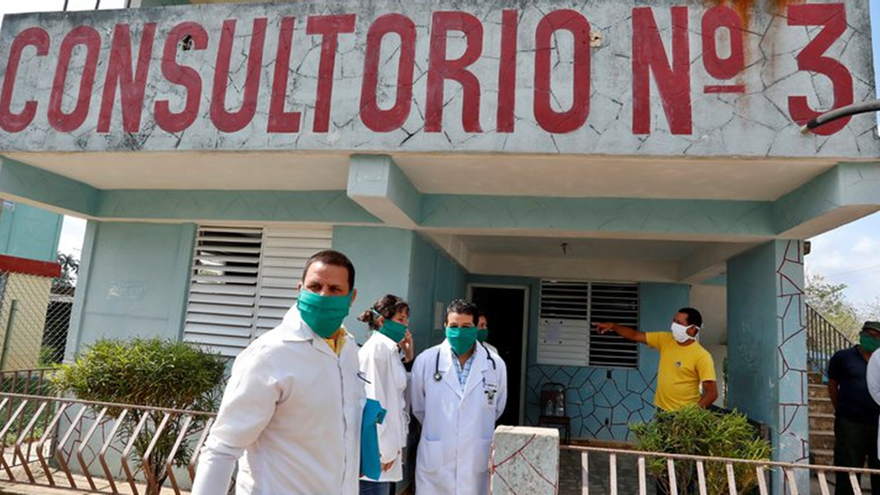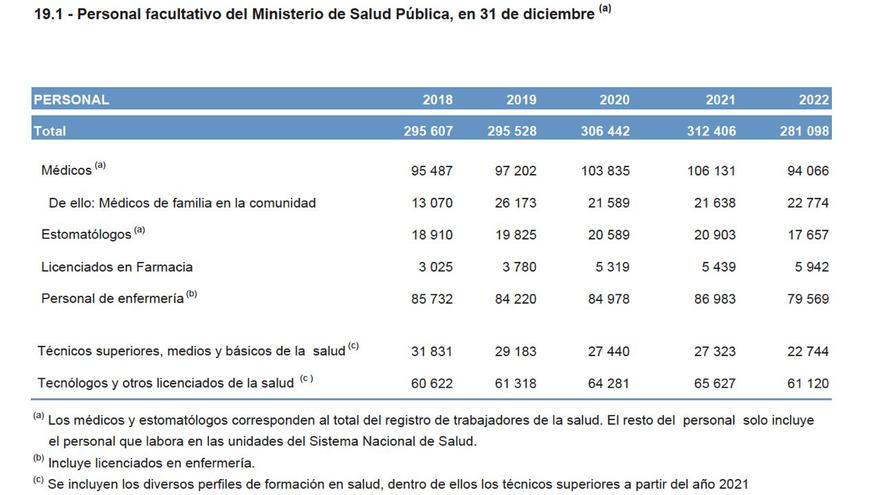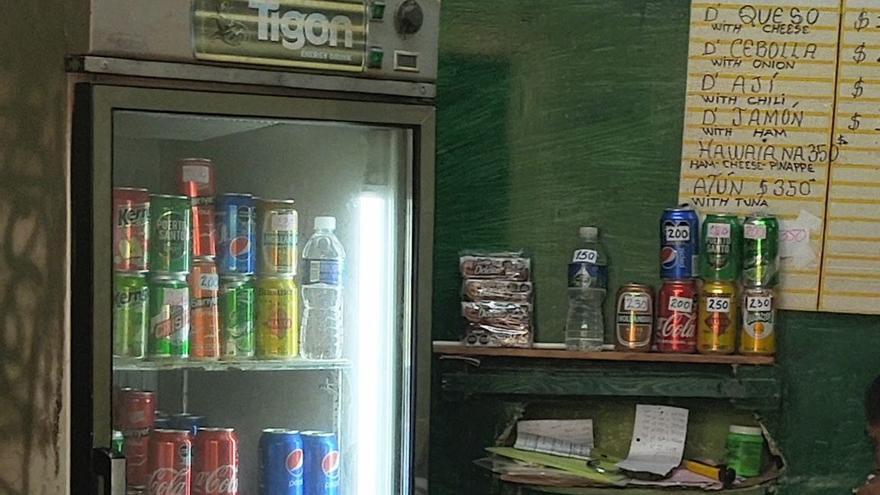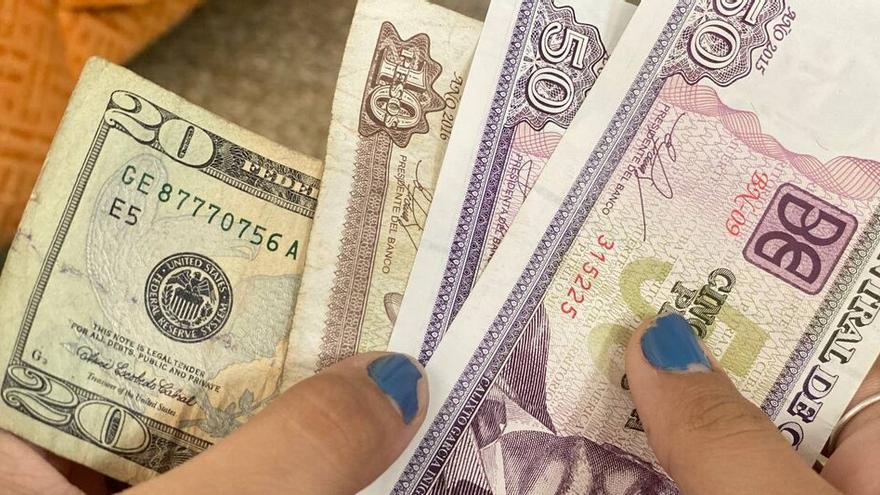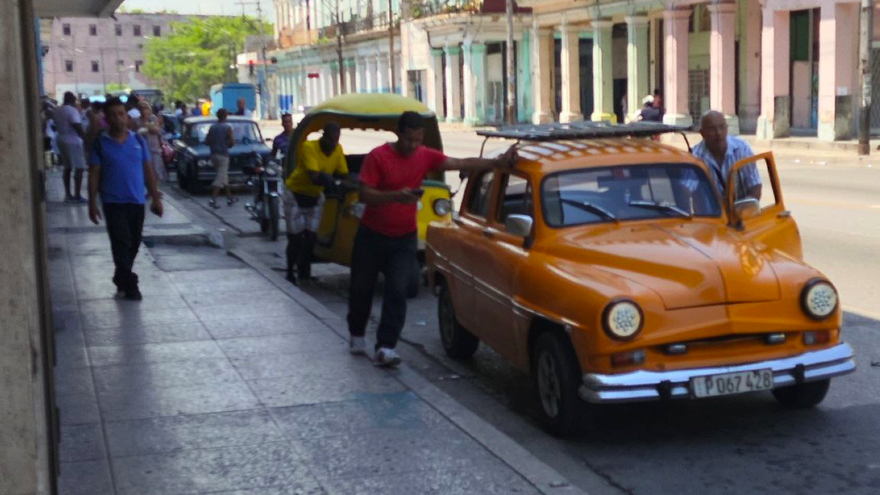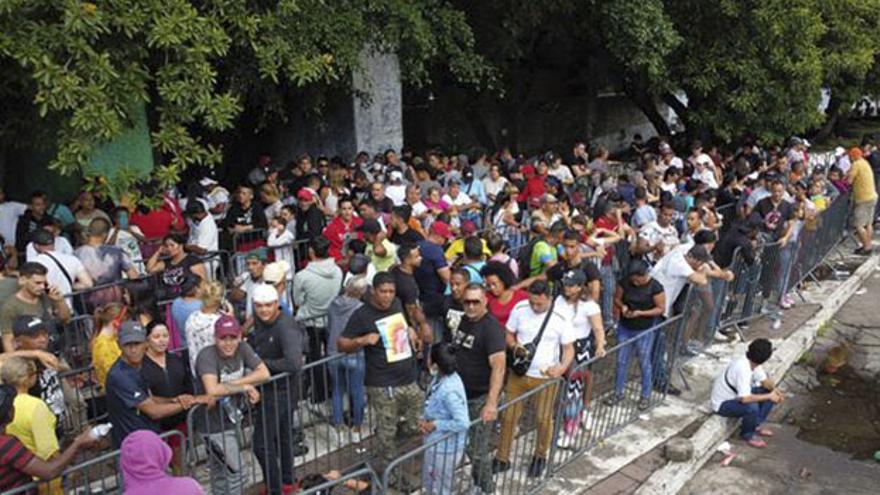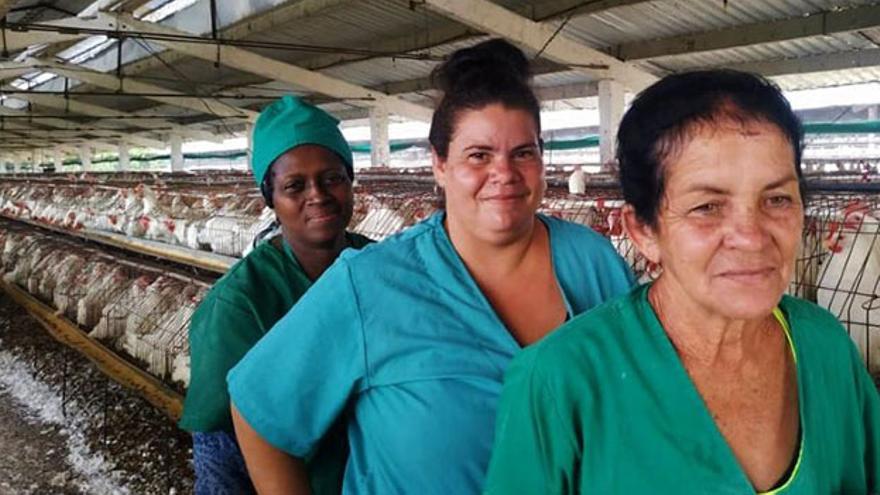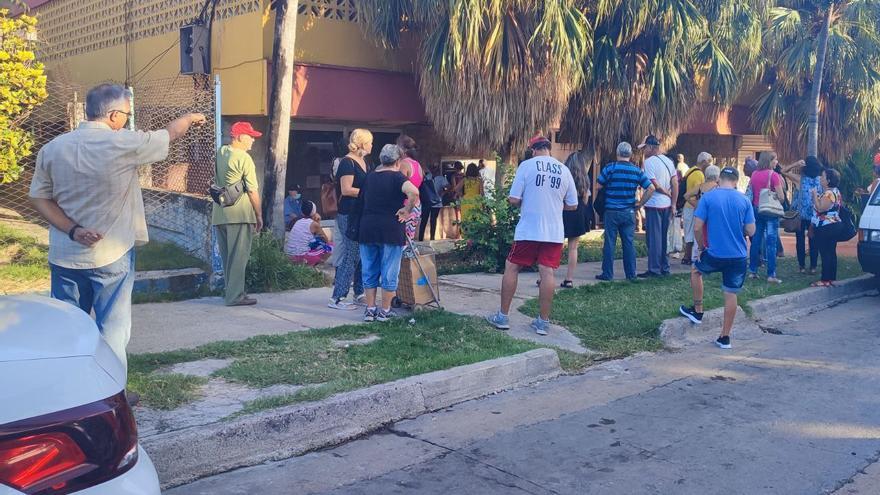
![]() 14ymedio, Madrid, 7 August 2023 — “Expanding the role of banking is essential for our economy but Resolution 111, which that the Central Bank has just announced, is suicidal,” states economist Oscar Fernandez in a reference to measures taken by the Cuban government last week. He is joined by a growing chorus of monetary experts who are strongly critical of this, the latest in a long list of economic initiatives by the Cuban regime.
14ymedio, Madrid, 7 August 2023 — “Expanding the role of banking is essential for our economy but Resolution 111, which that the Central Bank has just announced, is suicidal,” states economist Oscar Fernandez in a reference to measures taken by the Cuban government last week. He is joined by a growing chorus of monetary experts who are strongly critical of this, the latest in a long list of economic initiatives by the Cuban regime.
In a Facebook post, Fernandez likens the new restrictions to “putting out a fire with gasoline.” He predicts, “This new regulation will deal a devastating blow to all: pensioners, workers, small-business owners, students, the unemployed, people who receive remittances, everyone.”
He does not deny that banking institutions are facing a cash shortage, nor that private businesses still have very limited access to banking services, “which makes the situation extremely complex.” He claims, however, that the island’s shortage of banknotes is the result of other issues that are not being addressed.
He points out that, just last January, “the public felt relatively confident about their digital transactions.” Then the Central Bank of Cuba (BCC) suddenly imposed a monthly limit of 120,000 pesos on transactions between individuals. The intention, Fernandez believes, was to “curtail operations on the informal hard-currency market, where each operation involved moving large sums of money.” The efforts, he points out, were counterproductive, however. “The result was that banks no longer had a role in any of these operations, which were suddenly thrust into the cash economy.” continue reading
Fernandez is critical of the BCC for not increasing the denomination of banknotes now that Cuba is experiencing runaway inflation and consumers increasingly need more money to buy the same goods. Instead, more banknotes will have to be “put into circulation to carry out the same operations with the subsequent increase in costs that this implies.”
“Responsibility for the rise of an informal currency exchange market and the ongoing devaluation of the peso — whether the result of real monetary variables or intentional manipulation — rests solely with the government, which long ago should have assumed the reins of the currency exchange market by buying and selling foreign reserves at the going rate,” he argues.
Fernandez believes the consequences of the new resolution will be “direct and immediate” and are “very easy to predict.” He foresees bank branches, which even now struggle to provide basic services, being overwhelmed by thousands of small private businesses trying to make daily deposits and withdrawals. He also believes there will be a severe reduction in private imports and a subsequent rise in prices for products whose prices “had begun to drop.”
“It is important to point out that it is not just ’solvent’ people who buy private-sector imports,” writes Fernandez. “Chicken, cooking oil and detergent are purchased by many people who are, by no means, in a high income bracket. These are people who find private-sector suppliers preferable to the black market, both in terms of price and safety. And, incidentally, they are many times cheaper than hard-currency stores. On the other hand, when the supply of private-sector supply of chicken dries up, higher income people will create a demand that will be met by the chicken of the poor. They will divert and buy chicken intended for poor people. It’s that simple.”
His bleak outlook does not stop there. He predicts that employment and many families’ stability will be impacted given that private enterprises (and not just those in the import business) will either close or be severely affected while others will cancel plans to a business.
He believes informal markets will also expand, furthering the so-called dollarization of the Cuban economy. “Prioritizing banking will slow the circulation of the Cuban peso (CUP) in its cash form but it will not shrink the cash economy. The dollar will assume that role. Financial digitalization will not restore the CUP’s monetary functions. On the contrary. We may as well dismiss the CUP as a unit of account and as a means of hoarding. And while we’re at it, we may as well welcome the new informal cash market.”
Fernandez closes with harsh words for the island’s authorities: “Given the current circumstances, whoever came up with this regulation — without thinking about these and other consequences — is making the same mistake as those who came up with currency unification.”
Along the same lines, financial expert Darien Garcia Linsuaín claims that the BCC’s measures “are currently impossible to put into practice and are clearly unrealistic given our situation.”
“You get a culture of banking,” says Garcia Linsuaín, “when the public respects and has confidence in its banks.” Rather than generating confidence, he believes measures such as these create more fear and mistrust. “Just go to any ATM or bank these days. They all have long lines, even late at night.”
The new regulations, he predicts, will have a direct impact, especially on the agricultural sector. “Our farmers will have to start following banking procedures in less than six months. It was mentioned on television on Thursday morning, August 4, that 24% of our individual farmers have bank cards. It’s taken all these years just to get to 24% and now, in six months’ time, we’re going to get the remaining 76%? How are they going to do that?” he asks.
Garcia Linsuaínalso mentions the island’s technological limitations and provides a personal example. “Last Monday I was trying to do some business at a state-owned institution with a digital payment platform but got stuck in line because the connection was very unstable that day. And we want to prioritize electronic banking? Connectivity is even worse in the countryside. So, back to the previous point, what are individual farmers supposed to do with their cards if there’s no connection?” he asks.
He also points out that one of the smartphones needed to access electronic banking “is out of the reach of many people in the country.” He asks that the president of the Central Bank, or some other official, indicate how they plan to implement this schedule in nine months.
For his part, economist Pedro Monreal speculates that one reason for the hasty rollout of the new banking program may be something that the government has not explicitly mentioned: the hope that it will serve as an emergency brake to slow the recent flurry of devaluations of the Cuban peso on the black market.
“There has been talk about banking reform for a long time but there never seemed to be any urgency to implement a program,” observes Monreal, who also recalls that in July’s parliamentary session the measure was hardly mentioned. Nor did the “zero cash” pilot test of the Electric Company and CIMEX reveal any cause for any urgency either.
The new regulations on money “can be classified as monetary policy,” writes the economist, “and therefore it is reasonable to assume that it is part of the macroeconomic stabilization program often trumpeted but never presented in detail.
What suddenly set off alarm bells for the Cuban government, he reasoned, is the devaluation of the Cuban peso in the informal market. Between June 22 and August 7, recalls Monreal, the dollar strengthened 19%. This same Monday, the newspaper El Toque, which follows the value of currencies daily, indicates that the US currency exchange rate has reached 240 pesos to the dollar.
In any case, the scenario that economists foresee is not encouraging. That officials have announced a special Monday episode of the TV interview show Mesa Redonda (Roundtable), to be devoted to this topic, is indicative of the concern and confusion on the streets.
____________
COLLABORATE WITH OUR WORK: The 14ymedio team is committed to practicing serious journalism that reflects Cuba’s reality in all its depth. Thank you for joining us on this long journey. We invite you to continue supporting us by becoming a member of 14ymedio now. Together we can continue transforming journalism in Cuba.




